Why the 100-meter rule could cost you 800,000 KSh and decades of water problems
You’re About to Make a Decision That Could Cost You Everything
You’ve saved for years. You’ve finally got the funds and ready to drill that borehole that will transform your property.
But here’s the critical question everyone asks: “How far apart should boreholes be in Kenya?”
The answer isn’t what most people expect, and most Kenyan landowners make one critical mistake that destroys their water dreams before they even begin.
The mistake?
Following the bare minimum spacing requirements without understanding the real science behind optimal borehole placement.
How Far Apart Should Boreholes Be in Kenya? The Professional Answer
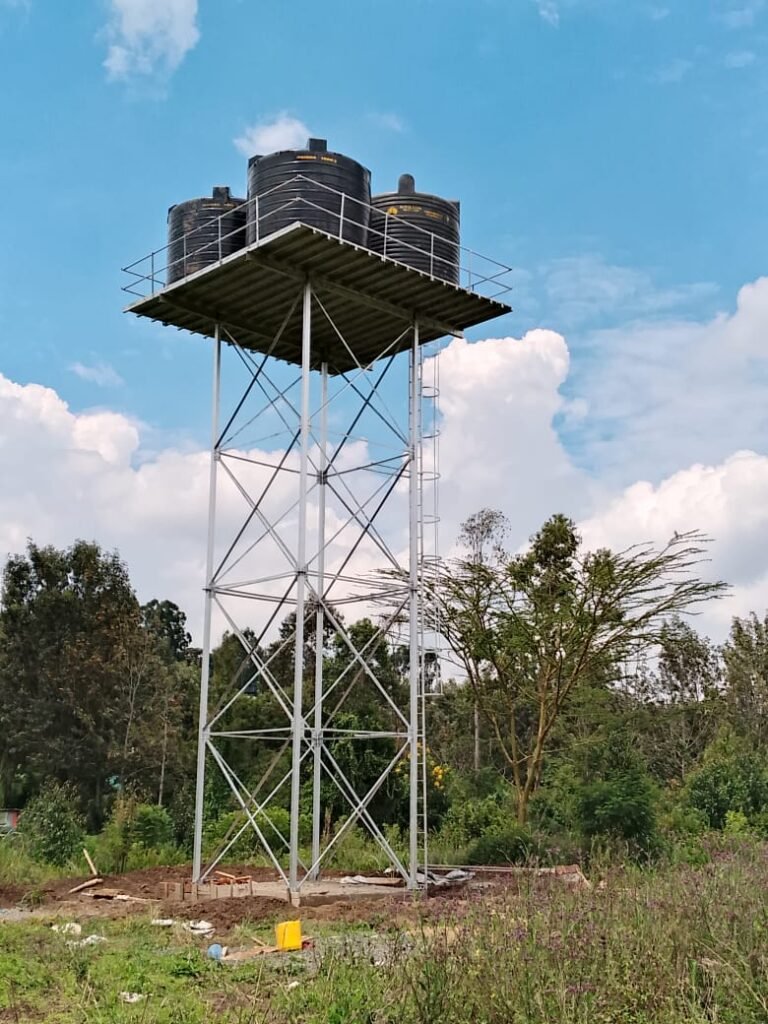
The short answer: While WRA requires 100 meters minimum, professional standards recommend 200-300 meters for optimal performance.
The detailed answer depends on several factors:
- Aquifer type and depth
- Your water usage requirements
- Local geological conditions
- Seasonal water table variations
Here’s exactly how far apart boreholes should be in Kenya based on professional hydrogeological standards:
Here’s what the Kenya Water Institute discovered in their groundbreaking study on how far apart boreholes should be in Kenya:
• Boreholes spaced less than 150 meters apart experience 35% reduction in water yield
• Only 65% of closely-spaced boreholes maintain long-term productivity
• Interference issues affect 73% of inadequately spaced installations
“The 100-meter regulation is a legal minimum, not a performance guarantee. When people ask how far apart should boreholes be in Kenya, smart property owners plan for 200-300 meters to ensure optimal yields.” – Dr. Samuel Kiprotich, Lead Hydrogeologist, Kenya Water Institute
Why Your Neighbor’s Success Could Be Your Failure
When you pump water from your borehole, you create what experts call a “cone of depression.”
Think of it like a funnel around your borehole where the water level drops. The harder you pump, the wider that funnel gets.
Here’s where it gets dangerous:
When two boreholes are too close, their cones overlap.
Result? Both boreholes compete for the same water.
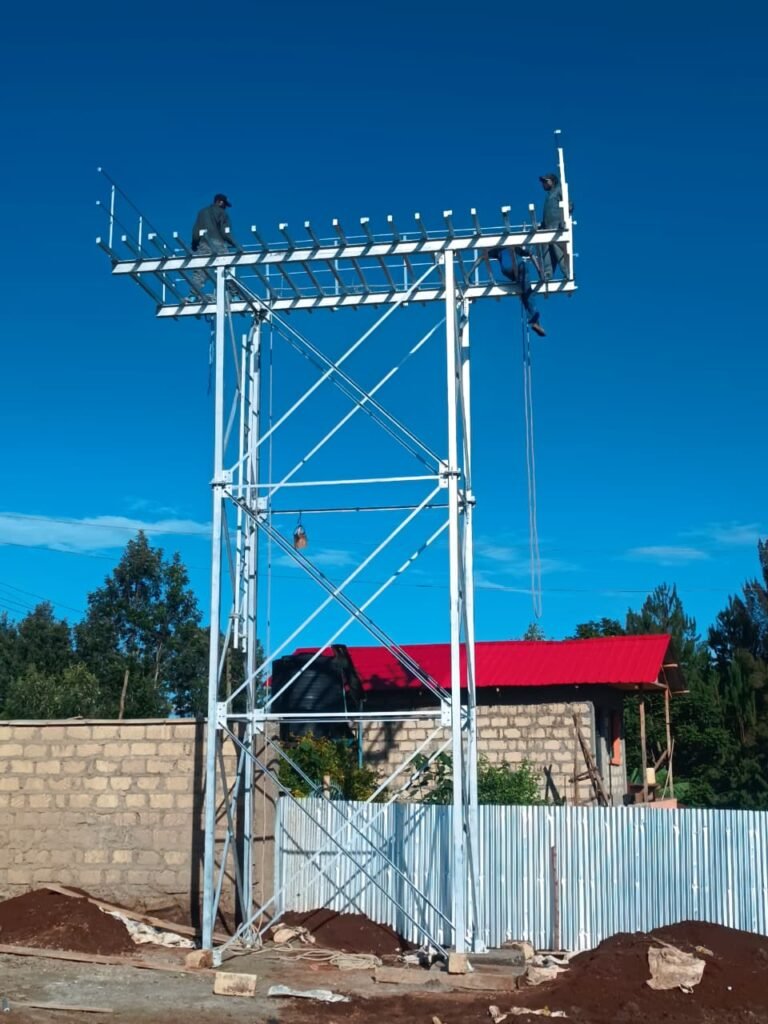
The consequences are brutal:
• Reduced water yield from both boreholes
• Increased pumping costs
• Premature equipment failure
• Complete borehole failure during dry seasons
Real Story #1: The Kiambu County Disaster (And How We Fixed It)
The Problem:
James Mwangi, a successful coffee farmer in Kiambu, hired a contractor who drilled his second borehole just 120 meters from the first.
“I thought I was being smart , keeping the boreholes close meant shorter pipelines and lower costs,” James recalls.
The Reality:
Within six months, both boreholes were struggling.
During the 2023 dry season, his water yield dropped to just 400 liters per hour, barely enough for domestic use, let alone irrigation.
The Bonvic Solution:
We relocated his second borehole to 280 meters from the first.
The Results:
• First borehole: Restored to 1,800 L/h
• Second borehole: Consistent 2,000 L/h
• Total daily capacity: 91,200 liters
• Investment recovery: 8 months
Ready to avoid James’s costly mistake? Get your site assessment today →
The Hidden Science Your Contractor Won’t Tell You
Different aquifers need different spacing strategies when determining how far apart boreholes should be in Kenya.
Here’s what determines your optimal borehole distance:
Aquifer Type Matters
• Shallow aquifers: Need 250-400m spacing
• Deep confined aquifers: Can work with 200-300m spacing
• Fractured rock aquifers: Require 300-500m spacing
Usage Intensity Changes Everything
• Domestic use (500-1000 L/day): 200m minimum
• Small-scale irrigation (2000-5000 L/day): 300m minimum
• Commercial farming (10,000+ L/day): 500m+ recommended
Seasonal Factors
• Wet season: Normal spacing may seem adequate
• Dry season: Inadequate spacing shows its true cost
• Climate change: Increasing dry periods demand wider spacing
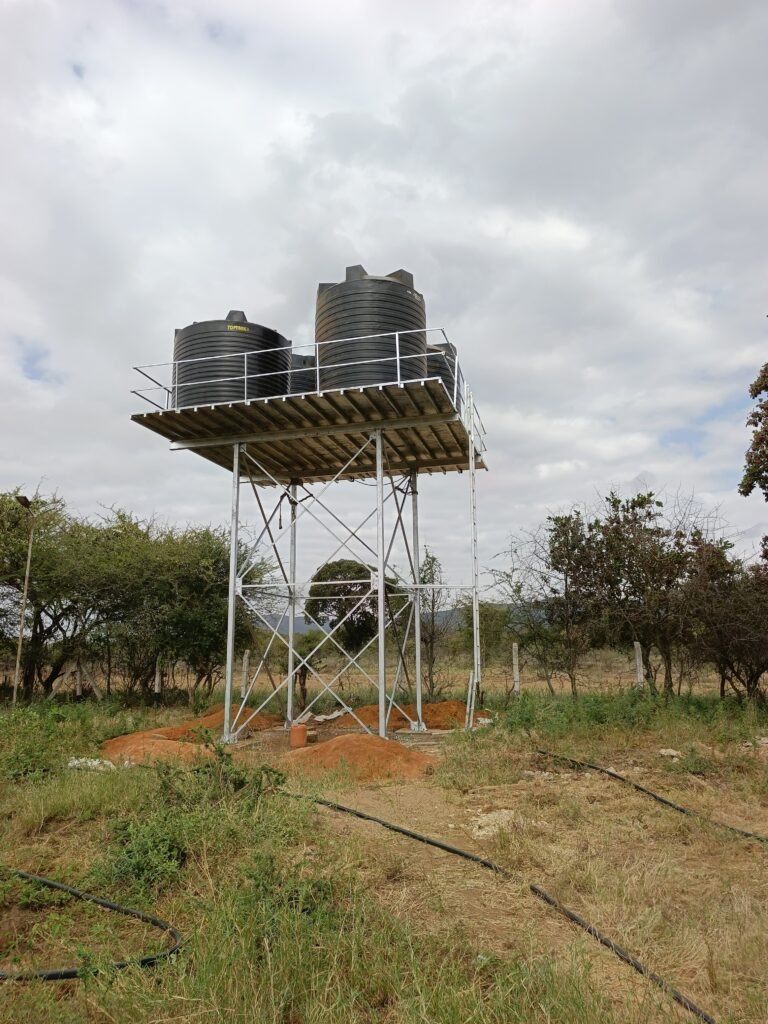
Real Story #2: The Industrial Success in Machakos
The Challenge:
Machakos Water Company needed to install three high-capacity boreholes for a new residential development.
The Temptation:
Initial plans showed boreholes spaced 150 meters apart to minimize land acquisition costs.
The Bonvic Difference:
Our hydrogeological survey revealed fractured basement rock requiring minimum 400-meter spacing.
The Results:
- Each borehole produces 5,000 L/h consistently
- Zero interference after 18 months of operation
- Serves 2,000 residents without water rationing
- Project ROI achieved 6 months ahead of schedule
What the Experts Are Saying
The latest research from the University of Nairobi’s Water Resources Department confirms what we’ve been telling clients for years.
“Proper borehole spacing is the single most important factor in long-term water security. The short-term savings from close spacing pale compared to the long-term costs of interference and failure.” – Prof. Mary Njenga, Water Resources Engineering, University of Nairobi
International standards support this:
• World Bank guidelines: Recommend 300m minimum for sustainable yields
• USAID water projects: Use 250m spacing as standard
• European Union water programs: Mandate 400m for commercial applications
Learn more about international best practices from WHO Water Guidelines
The Real Cost of Getting It Wrong
Here’s what poor spacing actually costs you:
Immediate Costs
- 35% reduction in expected water yield
- Increased electricity bills (pumps work harder)
- Frequent maintenance and repairs
Long-term Disasters
- Complete borehole failure during dry periods
- Re-drilling costs: 400,000-800,000 KSh per borehole
- Legal disputes with neighbors over water rights
- Property value reduction due to unreliable water supply
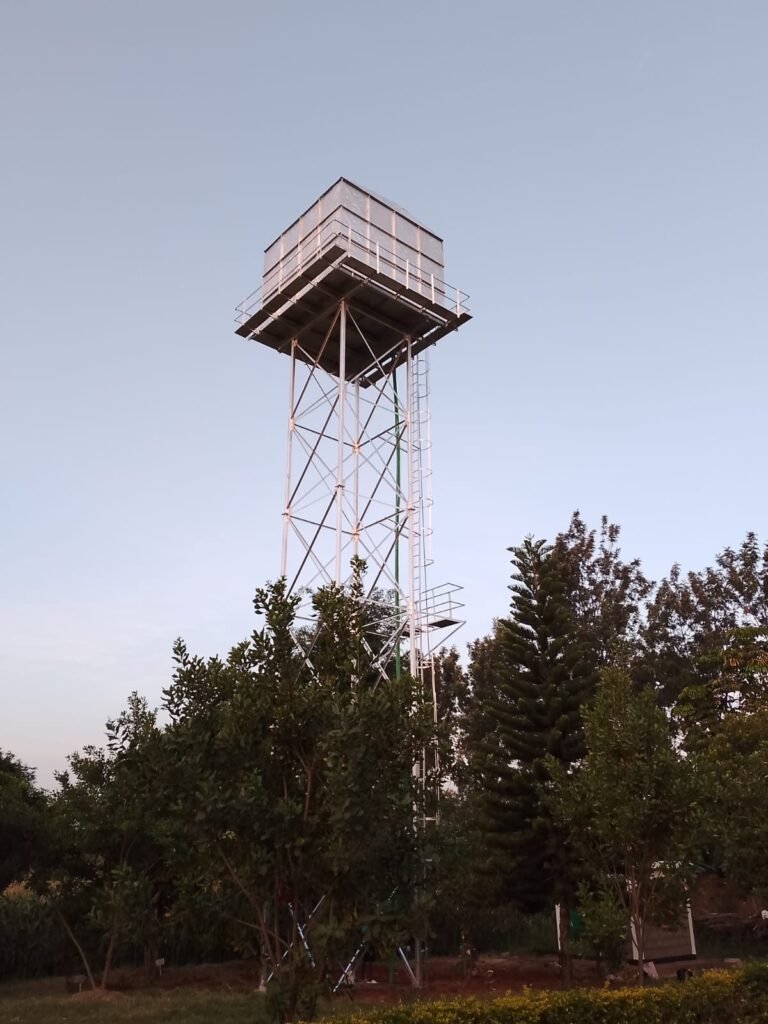
The Bonvic Professional Standard: Why We’re Different
While others follow minimum regulations, we engineer for maximum performance.
Our Spacing Standards
- Domestic boreholes: 200m minimum (double WRA requirement)
- Irrigation systems: 300m minimum
- Industrial applications: 500m minimum
- Community supplies: 400m minimum
Our Proven Process
- Comprehensive hydrogeological survey
- Aquifer testing and modeling
- Interference analysis and optimization
- Future-proofed spacing calculations
- Performance guarantee backing
Borehole Drilling Hidden Costs Nobody Tells You About →
The 5-Factor Formula for Perfect Borehole Spacing
Use this professional checklist before you drill:
Factor 1: Aquifer Characteristics
- Depth to water table
- Aquifer thickness and type
- Rock formation permeability
Factor 2: Water Demand
- Current daily usage requirements
- Future expansion plans
- Peak demand periods
Factor 3: Environmental Conditions
- Rainfall patterns and seasonality
- Climate change projections
- Neighboring water installations
Factor 4: Regulatory Compliance
- WRA permit requirements
- Environmental impact assessments
- Community consultation needs
Factor 5: Economic Optimization
- Initial drilling and installation costs
- Long-term operational expenses
- Risk mitigation and insurance
Solar Borehole Pump Installation Kenya →
Success Statistics That Speak Volumes
Bonvic Drilling’s track record over 5 years:
- 500+ boreholes drilled with professional spacing
- 98% success rate for properly spaced installations
- Average yield: 2,200 liters per hour
- Zero interference complaints from clients
- Average payback period: 6-8 months
Compare this to industry averages:
- Standard industry success rate: 72%
- Average yield with minimum spacing: 1,400 L/h
- Interference complaints: 31% of installations
- Re-drilling rate: 23% within 5 years
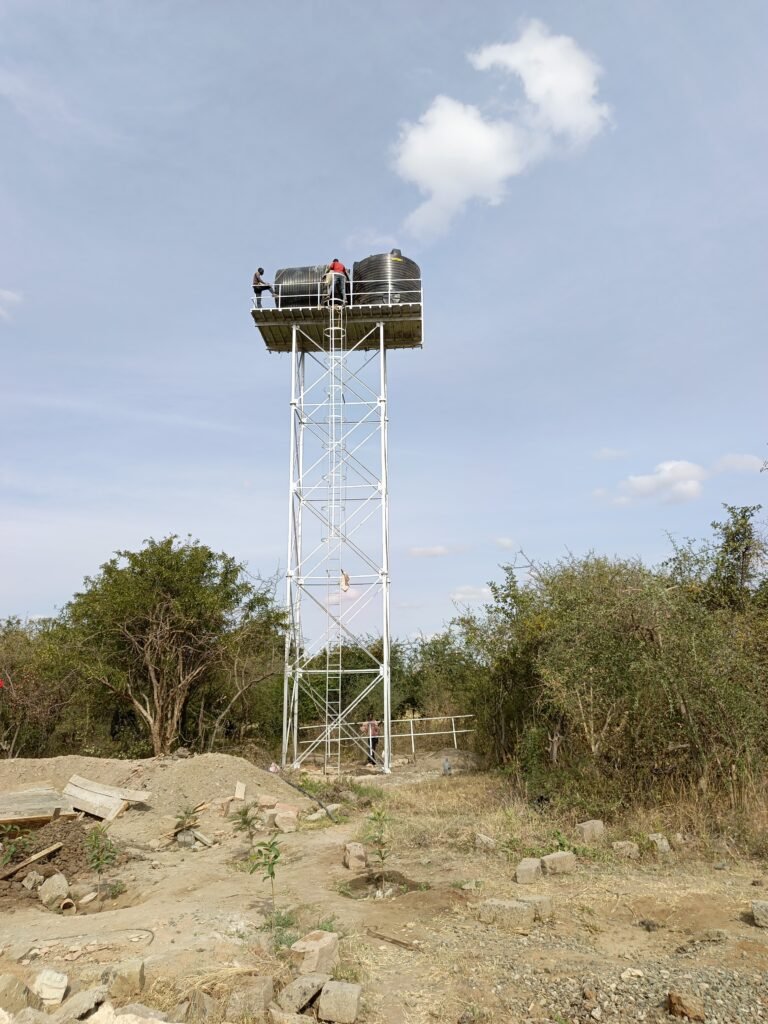
The Technology Advantage: How We Guarantee Success
We don’t guess – we engineer.
Advanced Site Investigation
- Geophysical surveys using resistivity and seismic methods
- Test boring and aquifer analysis
- Computer modeling of groundwater flow
- 3D visualization of optimal placement
Cutting-Edge Equipment
- GPS-guided positioning for precise spacing
- Real-time monitoring during drilling
- Quality control at every stage
Learn about our technology at our Facebook Page
Environmental Responsibility: Protecting Kenya’s Water Future
Proper spacing isn’t just about your water, it’s about everyone’s.
Sustainable practices we follow:
- Aquifer protection through responsible extraction rates
- Community consultation before major installations
- Environmental impact minimization
- Long-term monitoring and maintenance programs
External validation from Kenya Water Partnership confirms our commitment to sustainability.
Your Next Steps: Don’t Make the 800,000 KSh Mistake
Here’s exactly what you need to do:
Step 1: Get Professional Assessment
Don’t rely on guesswork. Get a comprehensive hydrogeological survey.
Book your site assessment now →
Step 2: Understand Your Options
Review our spacing recommendations for your specific situation.
Step 3: Plan for Success
Work with certified professionals who guarantee results.
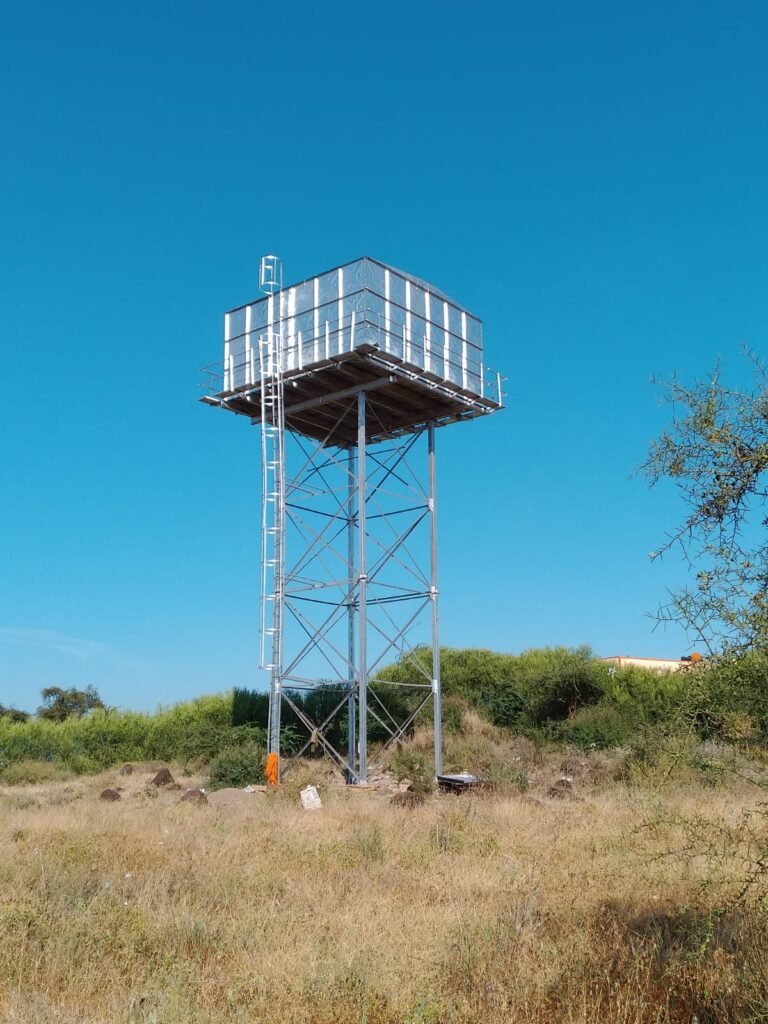
Frequently Asked Questions About Borehole Spacing in Kenya
Q: How far apart should boreholes be in Kenya for domestic use? A: For domestic use, we recommend minimum 200 meters between boreholes. This ensures adequate yield without interference.
Q: Can I drill closer than 200m if my neighbor agrees? A: Legal permission doesn’t override physics. Interference will still occur regardless of agreements.
Q: What if I have limited space on my property? A: We specialize in optimizing layouts for small properties. Often, creative positioning can achieve proper spacing.
Q: How do I know if existing boreholes will interfere? A: Our interference analysis service maps all nearby water points and calculates safe distances.
Get answers to all your questions →
Ready to Drill Smart? Contact Bonvic Today
Don’t join the 80% who learn about proper spacing the expensive way.
Get it right the first time with Kenya’s most trusted drilling professionals.
Contact Information
📞 Phone: +254720545191
📧 Email: hello@bonvicdrilling.com
🌐 Website: bonvicdrilling.com
Schedule your consultation today →
Why Choose Bonvic Drilling?
✅ ISO 9001:2015 Certified Operations
✅ Licensed by Water Resources Authority (WRA)
✅ Certified Hydrogeologists on Team
✅ 500+ Successful Projects
✅ 98% Success Rate
✅ Comprehensive Warranty Program
Professional water solutions backed by science, guaranteed by experience.
BONVIC DRILLING COMPANY
Your Trusted Water Solutions Partner

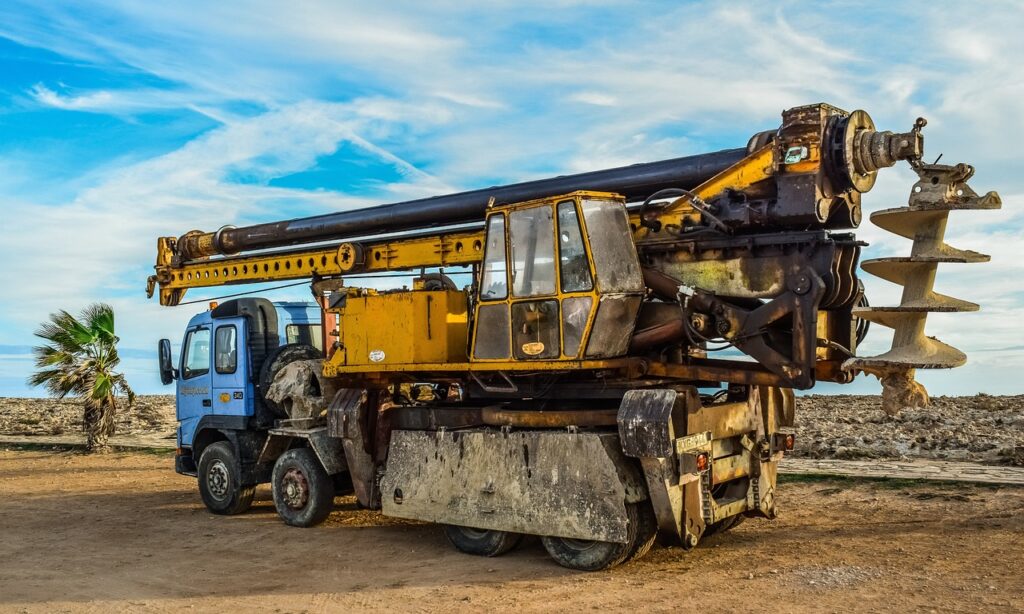
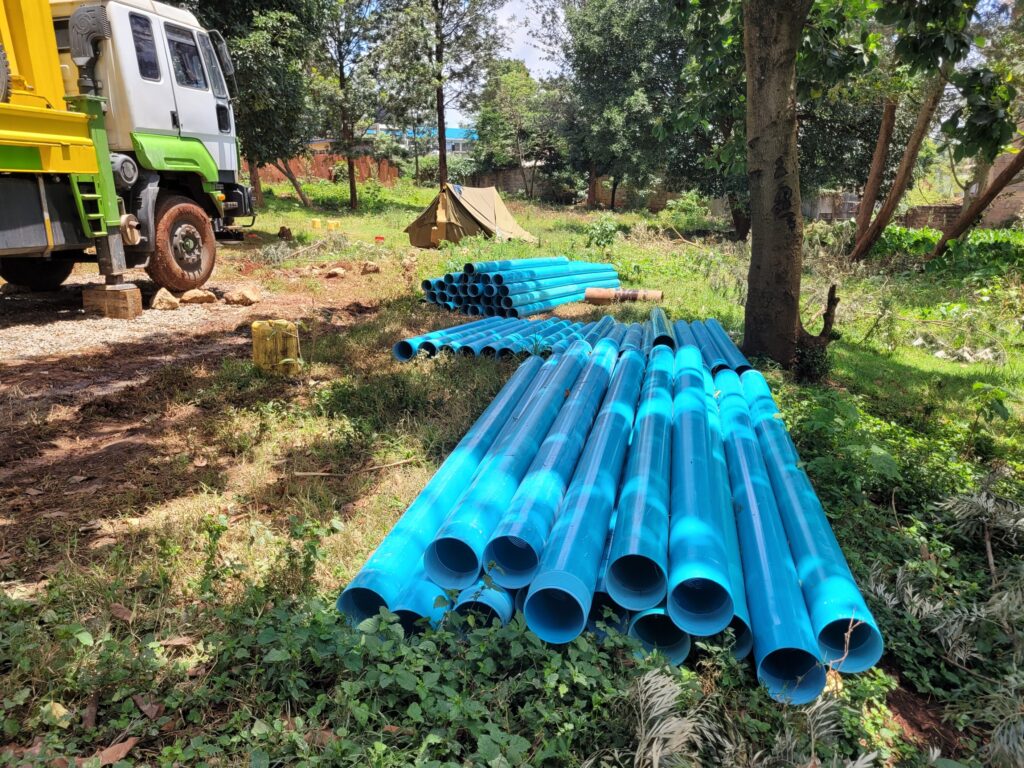
I wanted to take a moment to commend you on the outstanding quality of your blog. Your dedication to excellence is evident in every aspect of your writing. Truly impressive!
Your articles never fail to captivate me. Each one is a testament to your expertise and dedication to your craft. Thank you for sharing your wisdom with the world.
Your blog is a beacon of light in the often murky waters of online content. Your thoughtful analysis and insightful commentary never fail to leave a lasting impression. Keep up the amazing work!
I do trust all the ideas youve presented in your post They are really convincing and will definitely work Nonetheless the posts are too short for newbies May just you please lengthen them a bit from next time Thank you for the post
Your writing is a true testament to your expertise and dedication to your craft. I’m continually impressed by the depth of your knowledge and the clarity of your explanations. Keep up the phenomenal work!
Hi i think that i saw you visited my web site thus i came to Return the favore Im attempting to find things to enhance my siteI suppose its ok to use a few of your ideas